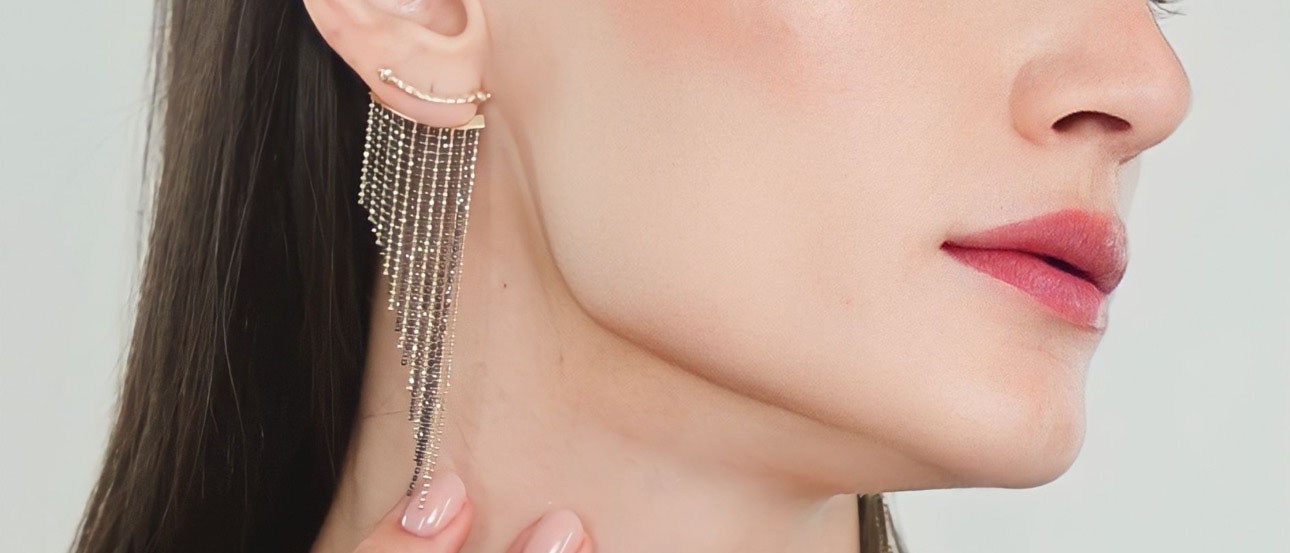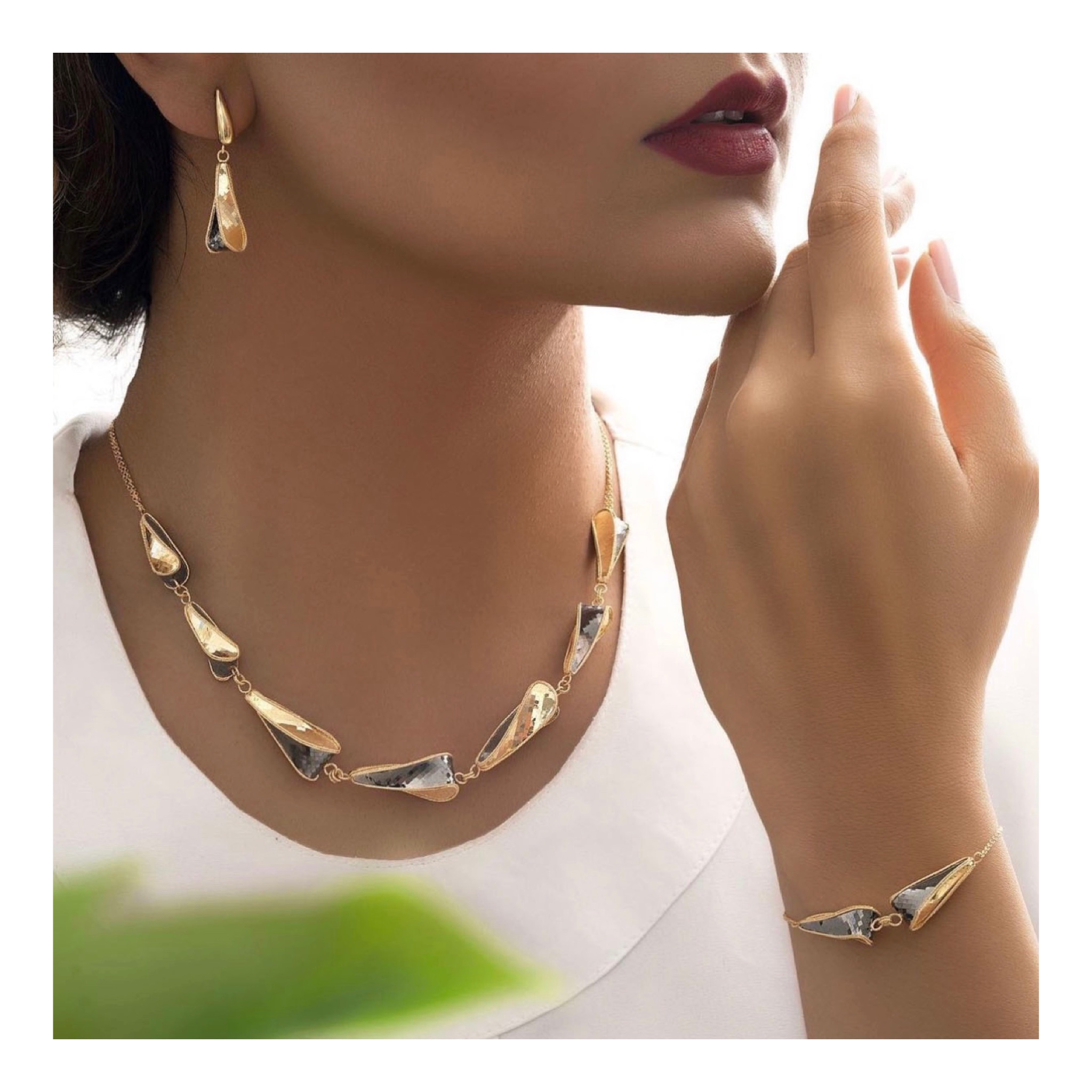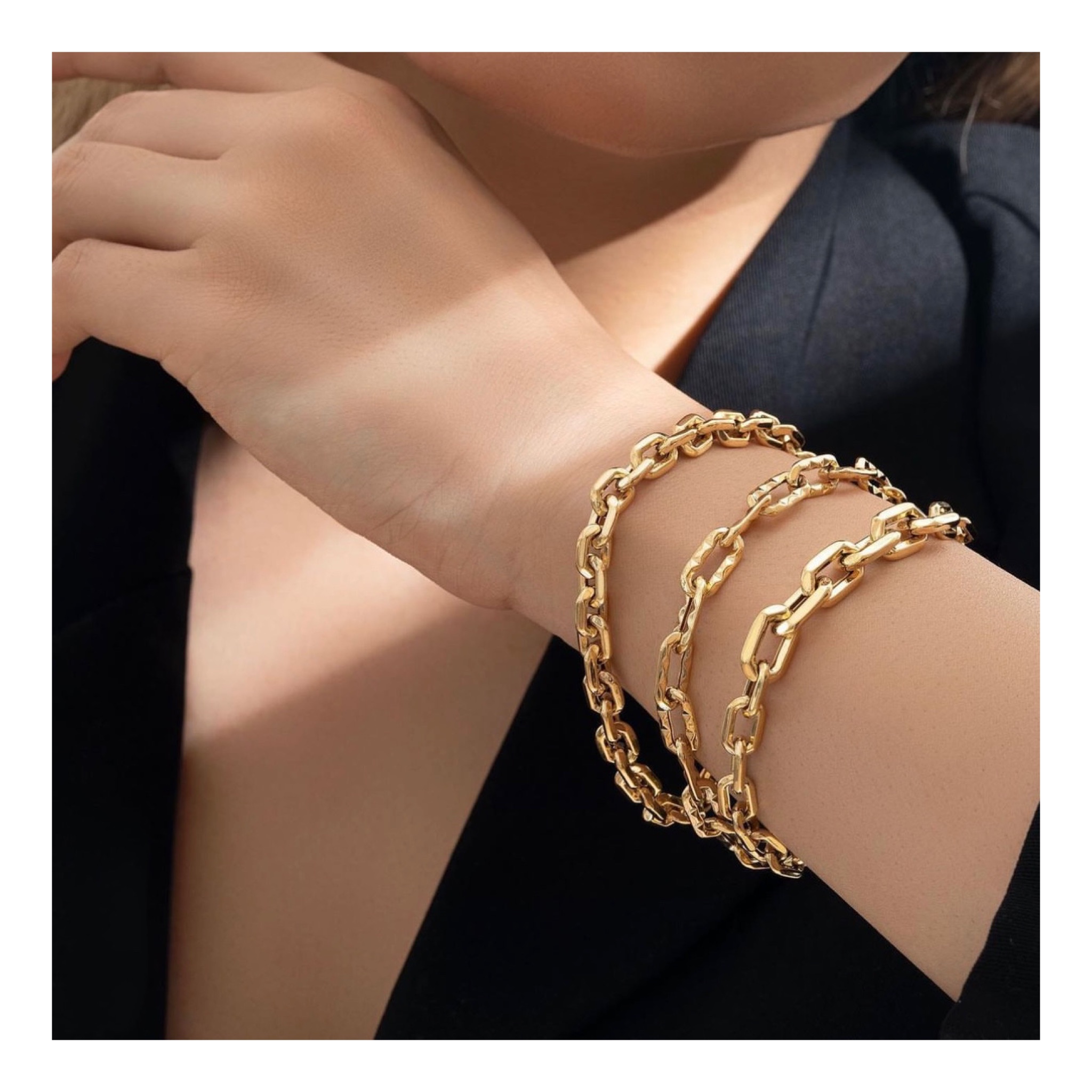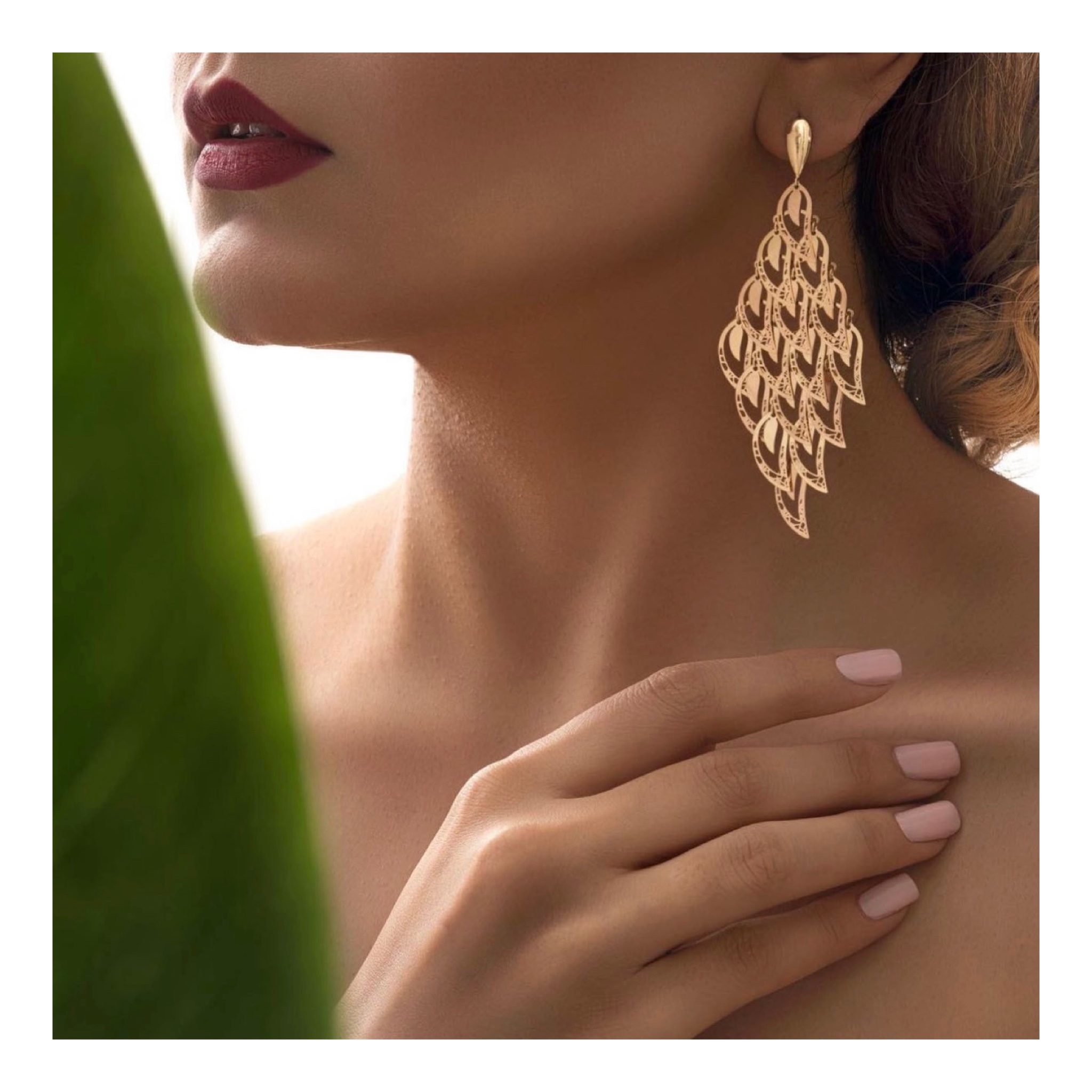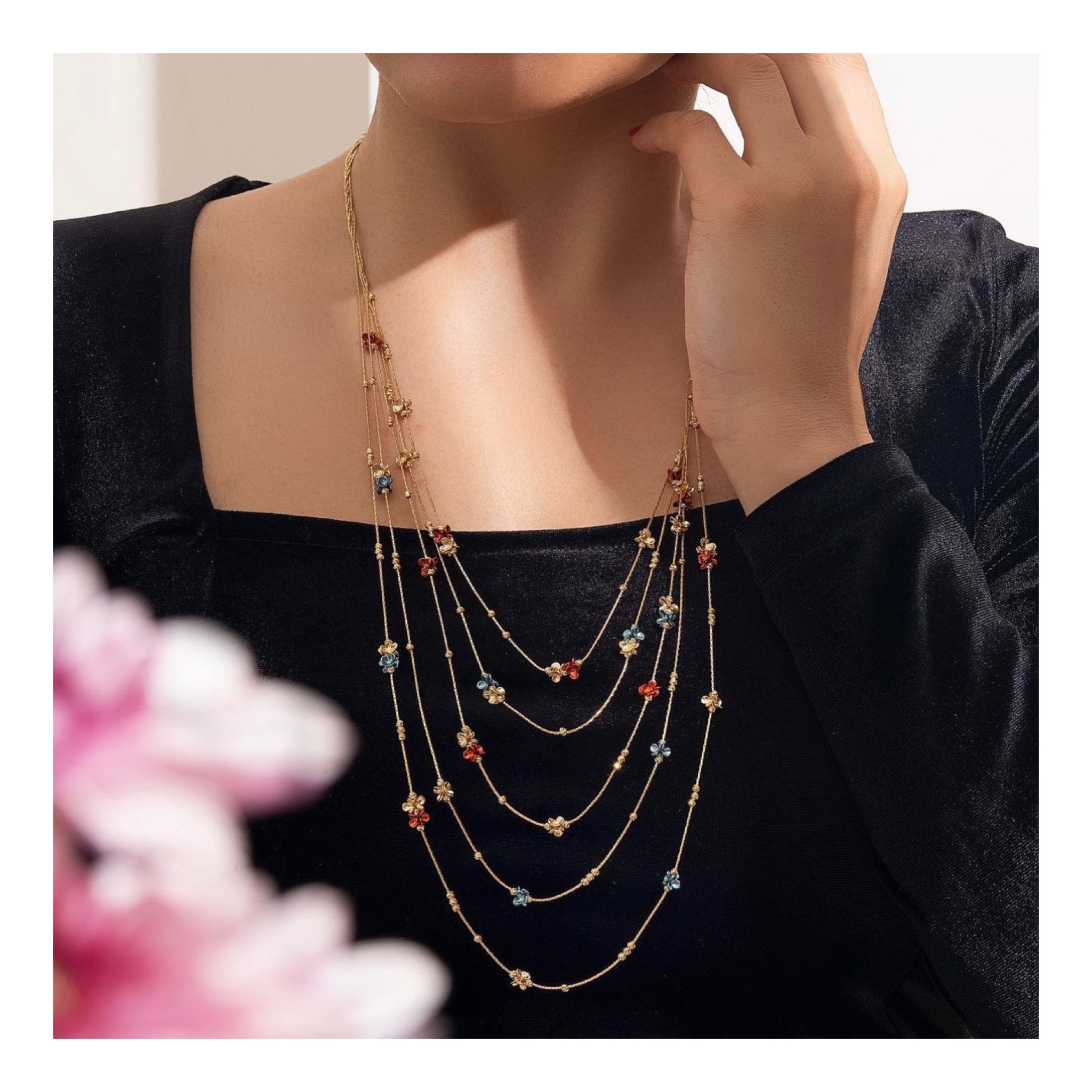- Home
- E-Shop
- Best Seller
- Blog
- Contact
Gold Clarities: A Comprehensive Guide to Choosing the Right Gold for Your Jewellery

Gold is one of the most popular materials used to make jewellery. It is prized for its beauty, rarity, and durability. However, not all gold is created equal. The value of gold jewellery is determined by its purity, or gold content, which is measured in karats (K). Gold clarities are another important factor to consider when choosing gold for your jewellery. In this blog post, we will provide you with a comprehensive understanding of the different types of gold clarities, their respective characteristics, and which type of gold clarity is best suited for different jewellery pieces.
What are Gold Clarities?
Gold clarities refer to the amount of other metals that are mixed with gold to make it more durable and less expensive. Pure gold is too soft to be used for jewellery, so it is mixed with other metals such as copper, silver, nickel, and zinc to create a stronger alloy. The amount of these metals mixed with gold determines its clarity, or the amount of pure gold in the alloy. The most common gold clarities are 24k, 22k, 18k, 14k, and 10k.
Types of Gold Clarities
24k Gold: 24k gold is the purest form of gold, with a clarity of 99.9%. It is too soft for jewellery and is mostly used for investment purposes. It has a bright yellow colour and a soft, buttery texture.
22k Gold: 22k gold is 91.7% pure gold, with the remaining 8.3% made of other metals. It has a deep yellow colour and is more durable than 24k gold. It is commonly used in Indian and Middle Eastern jewellery.
18k Gold: 18k gold is 75% pure gold, with the remaining 25% made of other metals. It has a bright yellow colour and is more durable than 22k and 24k gold. It is a popular choice for engagement rings and other fine jewellery, such as Italian Jewellery.
14k Gold: 14k gold is 58.3% pure gold, with the remaining 41.7% made of other metals. It has a pale-yellow colour and is more affordable than higher clarities. It is a popular choice for everyday jewellery such as earrings and necklaces.
10k Gold: 10k gold is 41.7% pure gold, with the remaining 58.3% made of other metals. It has a pale-yellow colour and is the most affordable gold clarity. It is commonly used in class rings and other inexpensive jewellery.
Choosing the Right Gold Clarity for Your Jewellery
When choosing the right gold clarity for your jewellery, there are several factors to consider. First, consider your personal style. If you prefer a bright, bold look, you may want to choose a higher clarity such as 18k or 22k gold. If you prefer a more subtle, understated look, you may want to choose a lower clarity such as 14k or 10k gold.
Second, consider your budget. Higher clarities are more expensive than lower clarities, so you may need to balance your desire for a high clarity with your budget.
Finally, consider the intended use of your jewellery piece. If you plan to wear your jewellery every day, you may want to choose a higher clarity that is more durable. If you plan to wear your jewellery only on special occasions, you may be able to choose a lower clarity that is more affordable.
Examples of Jewellery Made with Different Gold Clarities
24k Gold: Investment-grade gold bars and coins.
22k Gold: Indian and Middle Eastern jewellery such as bangles and necklaces.
18k Gold: Engagement rings, wedding bands, Italian Jewellery and other fine jewellery.
14k Gold: Earrings, necklaces, and other everyday jewellery.
10k Gold: Class rings, children's jewellery, and other inexpensive jewellery.
In conclusion, gold clarities are an important factor to consider when choosing gold for your jewellery. By understanding the different types of gold clarities and their respective characteristics, you can make an informed decision about which gold clarity is best suited for your personal style, budget, and the intended use of your jewellery piece. We hope this guide has been helpful in your quest for the perfect gold jewellery.
